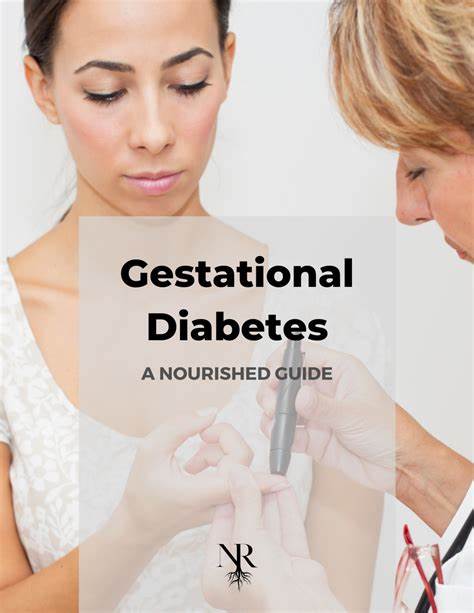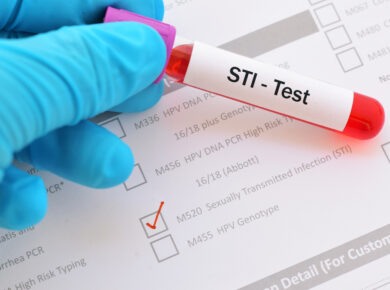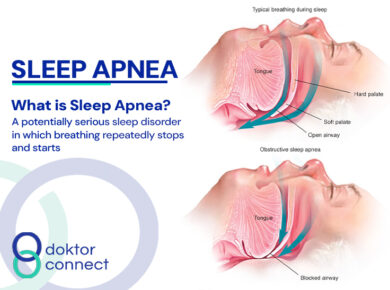Gestational diabetes is high blood sugar (glucose) that develops during pregnancy and usually disappears after birth.
It can happen at any stage of pregnancy but is more common in the second or third trimester.
It happens when your body cannot produce enough insulin – a hormone that helps control blood sugar levels – to meet your extra needs in pregnancy.
Gestational diabetes can cause problems for you and your baby during pregnancy and after birth. But the risks can be reduced if the condition is detected early and well managed.
What causes gestational diabetes mellitus?
Gestational diabetes occurs when your body can’t make enough insulin during pregnancy. Insulin is a hormone produced by your pancreas that acts like a key to allow blood sugar into the cells in your body for use as energy.
During pregnancy, your body makes more hormones and goes through other changes, such as weight gain. These changes cause your body’s cells to use insulin less effectively, a condition called insulin resistance. Insulin resistance increases your body’s need for insulin.
All pregnant women have some insulin resistance during late pregnancy. However, some women have insulin resistance even before they get pregnant. They start pregnancy with an increased need for insulin and are more likely to have gestational diabetes.
Symptoms and Risk Factors
Although any woman can develop GDM during pregnancy, some of the factors that may increase the risk include the following:
Overweight or obesity
Family history of diabetes
Having given birth previously to an infant weighing greater than 9 pounds
Age (women who are older than 25 are at a greater risk for developing gestational diabetes than younger women)
Race (women who are African-American, American Indian, Asian American, Hispanic or Latino, or Pacific Islander have a higher risk)
Prediabetes, also known as impaired glucose tolerance
How gestational diabetes can affect your pregnancy
Most women with gestational diabetes have otherwise normal pregnancies with healthy babies.
However, gestational diabetes can cause problems such as:
- The baby growing bigger than usual – May lead to difficulties during the delivery and increases the likelihood of needing to be induced or a cesarean section.
- Polyhydramnios – too much amniotic fluid (the fluid that surrounds the baby) in the womb, which can cause premature labor problems at delivery
- Premature birth – giving birth before the 37th week of pregnancy
- Pre-eclampsia – a condition that causes high blood pressure during pregnancy and can lead to pregnancy complications if not treated
- The baby could develop low blood sugar or yellowing of the skin and eyes (jaundice ) after birth, which may require treatment in the hospital.
- The loss of your baby stillbirth – though this is rare
Treatment for Gestational Diabetes
Attend your prenatal appointments and follow your treatment plan, including:
- Checking your blood sugar to make sure your levels stay in a healthy range.
- Eating healthy food in the right amounts at the right times. Follow a healthy eating plan created by your doctor or dietitian.
- Being active. Regular physical activity that’s moderately intense (such as brisk walking) lowers your blood sugar and makes you more sensitive to insulin.
- Monitoring your baby. Your doctor will check your baby’s growth and development.
If healthy eating and being active aren’t enough to manage your blood sugar, your doctor may prescribe insulin, metformin, or other medication.






